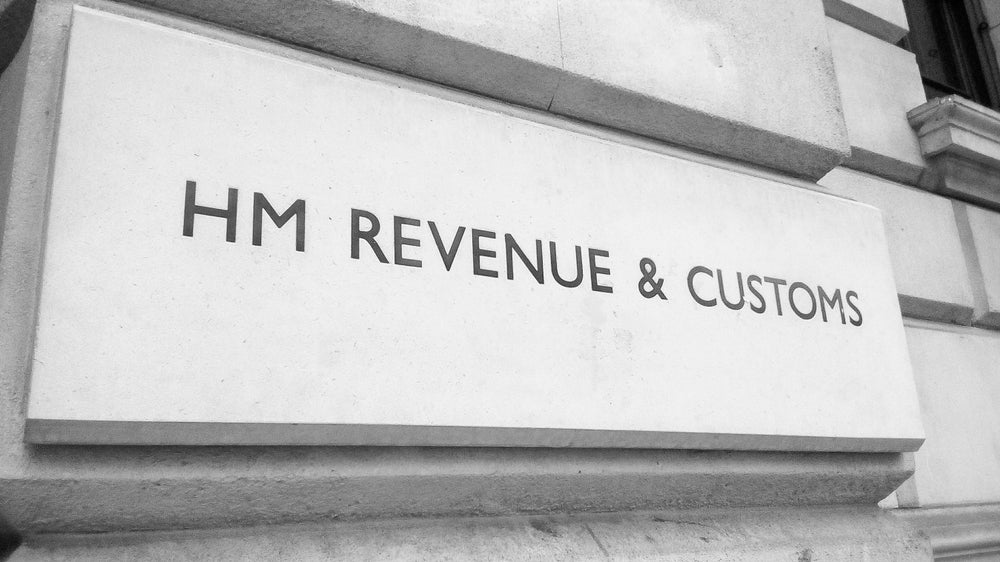
Claiming tax relief for research and development is set to get harder as HMRC seeks to clamp down on the estimated £1.13bn ($1.43bn) of fraud and error in claims, warns accountancy and business advisory firm BDO.
From 8 August 2023, all businesses – or their R&D advisers – will have to fill in an Additional Information Form when submitting claims for R&D tax relief. This is designed to allow HMRC to quickly assess the validity of the claim.

Access deeper industry intelligence
Experience unmatched clarity with a single platform that combines unique data, AI, and human expertise.
Importantly, it will give the tax authority details of the R&D agent used by the business. This is to enable HMRC to assess the likely level of expertise involved in preparing the claim.
The new rules are coming into force to address problem of fraud and error in R&D claims. A recent report from HMRC estimated that there was £1.04 billion of error and fraud in research and development tax credits claimed under the SME scheme in 2020-21.
In its analysis, HMRC estimated that 16.7% of claims across both the current R&D tax relief schemes – the SME and Research and Development Expenditure Credit (RDEC) schemes – were either incorrect or fraudulent. This was significantly higher than HMRC’s previously published estimate of 3.6%.
HMRC will use the data from this report to risk-profile claims by size of claim and by business sector.

US Tariffs are shifting - will you react or anticipate?
Don’t let policy changes catch you off guard. Stay proactive with real-time data and expert analysis.
By GlobalDataCommenting on this, BDO innovation incentives partner, Carrie Rutland, said: “For the many businesses that are genuinely carrying out groundbreaking R&D, the changes being introduced from today may seem overly bureaucratic, particularly for large groups submitting multiple claims. However, given the high estimated levels of error and fraud associated with R&D claims, it’s no great surprise that HMRC is keen to clamp down on non-compliance.
“Businesses involved in R&D will need to ensure they are clearly demonstrating their qualifying activities to HMRC. Failure to do so may mean they run the risk of an HMRC enquiry. The department has recently added 300 new officers to its R&D team which suggests it’s getting serious about stamping out error and fraud.”
The changes are a prelude to further reforms to the UK R&D regime. Last month, the government unveiled draft legislation which proposes to merge the two current schemes – the Research and Development Expenditure Credit (RDEC) and the small or medium enterprises (SME) R&D relief.
The aim of the single R&D relief scheme is to achieve tax simplification, including having a single set of qualifying rules as well as control the overall cost to the Exchequer.
Rutland concluded: “The introduction of new rules from today will pose significant challenges for businesses carrying out R&D. Further reforms to merge the two current schemes into one from April 2024 may be the right approach, but there is a danger of going ‘too far too fast’. This could create more uncertainty and result in the UK becoming less attractive to inward investors.”






